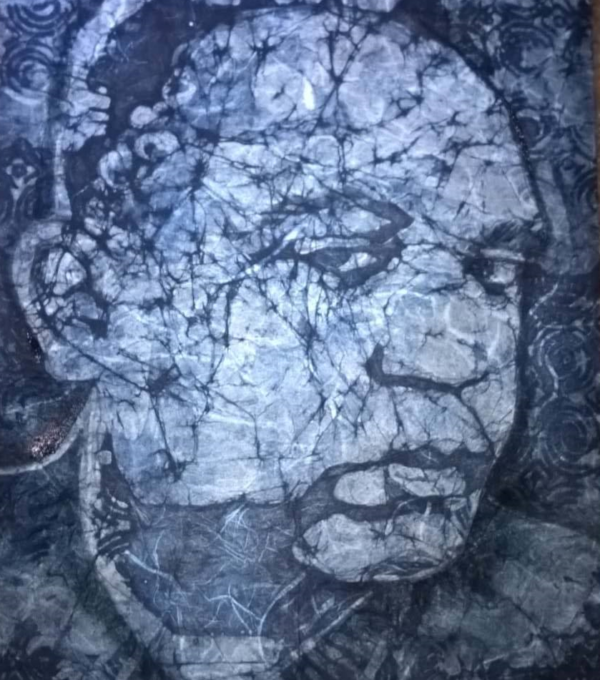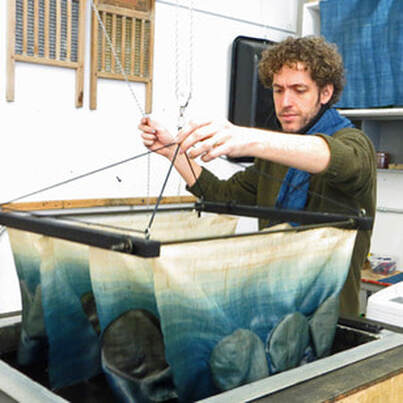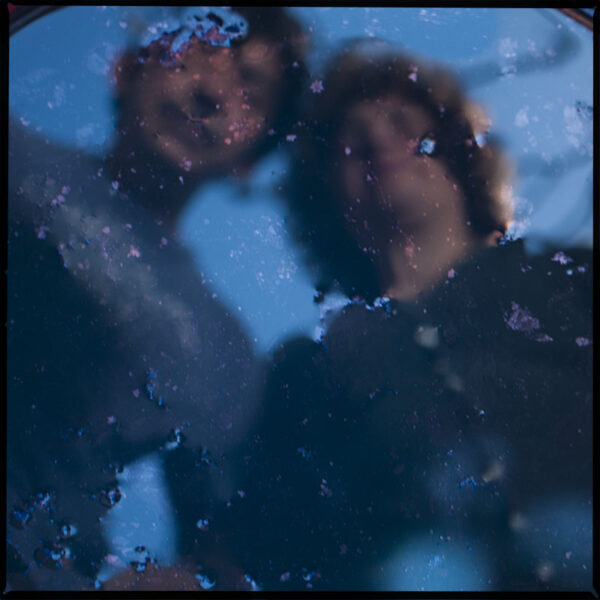2019 Creative Fusion Fellow
Tony Williams
Cleveland, Ohio Tony Williams is a Cleveland based artist whose work has been shown in numerous local and national juried shows. Most recently: “Contemporary Fibers”, National Juried Textile Exhibition in St. Augustine Historical Society St Augustine, Fl, “ABC at Ten Years: A Retrospective, a theme show based on the abecedarium–a book about the alphabet The Cleveland State University Cleveland Oh, “Paper on Skin”, exhibit Tasmania, Australia, “A Dialogue in Black and White”, exhibit Charleston, SC. As a book artist his works have been shown at The Cleveland Museum of Art Ingalls Library show, The Art Books Cleveland “Play Books as Toys as Books” The Morgan Art of Papermaking Cleveland, Oh “Abecedaria VII Show” Note Dame College South Euclid, Oh, “Rags Make Paper” first annual juried show The Morgan Art of Papermaking Cleveland, Oh. As an Art quilter his work was shown at the 9th & 10th Annual African American Fiber Arts Exhibit, Charleston, SC.
He has worked on numerous public Art projects include ‘The Year of the Horse, Year of the Sheep’ sculptures, Asia Town Cleveland, Oh and ‘The 100 Leaves’ sculptures Beachwood, Oh. Tony is currently working with Indigo on paper, and writing and illustrating children’s’ books. |
2019 Creative Fusion Fellow
Rowland Ricketts
Bloomington, Indiana Rowland Ricketts utilizes natural dyes and historical processes to create contemporary textiles that span art and design. Trained in indigo farming and dyeing in Japan, Rowland received his MFA from Cranbrook Academy of Art in 2005 and is currently an Associate Professor in the School of Art, Architecture & Design at Indiana University. His work has been exhibited at the Textile Museum in Washington, DC, the Museum of Fine Arts Boston, and the Seattle Asian Art Museum and has been recognized with a 2012 United States Artists Fellowship. Rowland began an Indigo Crop at Indiana University and has mentored Praxis as we begin our own Indigo Garden.
|
2019 Creative Fusion Fellows
Eduardo Portillo & Mariá Eugenia Dávila
Venezuela Our work is driven by our relationship with the surroundings and how it can be comunicated within a contemporary textile language. We are interested in representing experiences in materials and processes that bear the imprint of people and places, and reveal the relationships between people and their environments. When we decided to work with silk, we were compelled to travel to China and India to study and research their age-old practices of sericulture. Our experiences were crucial to our training. We have always been passionate about knowledge, experimentation and especially its reinterpretation within our own place and culture, in Mérida, in the Venezuelan Andes, we also work with local materials, such as cotton and alpaca from Peru and Bolivia, fiber from the moriche and chiqui-chique palm trees of the Orinoco River Delta and Amazon region, as well as dyes from the indigo plant. For us color is crucial. Our interest in color starts at its very foundations: how it is obtained, where it is found in nature, in objects, in people. Through color we discover the way to follow each project.
|
Waterways to Waterways Edition
On June 22, 2019, the Cleveland Foundation’s Creative Fusion: Waterways to Waterways Edition brought together a group of international and local artists to focus on projects that connect the regenerative efforts for the Cuyahoga to global waterways.
Praxis is proud to contribute to this city wide event by creating three 60′ banners made entirely of fabric dyed with the Natural Indigo we have grown in our Natural Dye Garden. The finished banners hung from the Detroit Bridge during the 50th anniversary summer celebration. Each of our Creative Fusion Fellows designed a banner and Praxis staff worked with the residents of Cleveland to execute their visions. During 10 public workshops across the city of Cleveland, residents dyed the fabric and volunteers sewed them together.
UPDATE: THANK YOU!!!! We estimate approximately 1,300 people from across the city of Cleveland and beyond helped to create these magnificent banners. They hung for a total of 4 days from the Detroit./Superior Bridge, best viewable from Settlers Landing Park. While we battled the rain and wind, we feel this project could not have been more successful! We are grateful to have connected with so many of you and made our contribution to an amazing celebration in Cleveland.
Indigo is the oldest known natural dye; discovered in India, there is evidence of Indigo in Egyptian tombs. This makes Indigo the most permanent and long-lasting natural dye. Many cultures have their own uses for Indigo but in the United States you will find the color mostly in denim. The history of Indigo in the United States goes back to it origins, including a complex relationship with slavery. Indigo came to the US from Africa during slavery and was one of the first plantation cash crops. With this project, we wish to educate our diverse neighborhoods about Indigo’s important role in the history of our country.
In most cases, natural Indigo has been replaced with a synthetic version. The synthetic dyes are terrible for the environment, because they use harmful chemicals that are rinsed over and over again and disposed directly into our world’s water sources. The indigo dye grown at Praxis is chemical free and no harmful waste occurs as a result of using the dye.
Please visit our natural indigo garden!
Praxis is proud to contribute to this city wide event by creating three 60′ banners made entirely of fabric dyed with the Natural Indigo we have grown in our Natural Dye Garden. The finished banners hung from the Detroit Bridge during the 50th anniversary summer celebration. Each of our Creative Fusion Fellows designed a banner and Praxis staff worked with the residents of Cleveland to execute their visions. During 10 public workshops across the city of Cleveland, residents dyed the fabric and volunteers sewed them together.
UPDATE: THANK YOU!!!! We estimate approximately 1,300 people from across the city of Cleveland and beyond helped to create these magnificent banners. They hung for a total of 4 days from the Detroit./Superior Bridge, best viewable from Settlers Landing Park. While we battled the rain and wind, we feel this project could not have been more successful! We are grateful to have connected with so many of you and made our contribution to an amazing celebration in Cleveland.
Indigo is the oldest known natural dye; discovered in India, there is evidence of Indigo in Egyptian tombs. This makes Indigo the most permanent and long-lasting natural dye. Many cultures have their own uses for Indigo but in the United States you will find the color mostly in denim. The history of Indigo in the United States goes back to it origins, including a complex relationship with slavery. Indigo came to the US from Africa during slavery and was one of the first plantation cash crops. With this project, we wish to educate our diverse neighborhoods about Indigo’s important role in the history of our country.
In most cases, natural Indigo has been replaced with a synthetic version. The synthetic dyes are terrible for the environment, because they use harmful chemicals that are rinsed over and over again and disposed directly into our world’s water sources. The indigo dye grown at Praxis is chemical free and no harmful waste occurs as a result of using the dye.
Please visit our natural indigo garden!






